We rode and reviewed the Ouray, Parlee Cycles' first new bike model since facing bankruptcy
The storied American brand continues with a Portugal-made carbon steed that goes zoom but doesn’t fit like a race bike
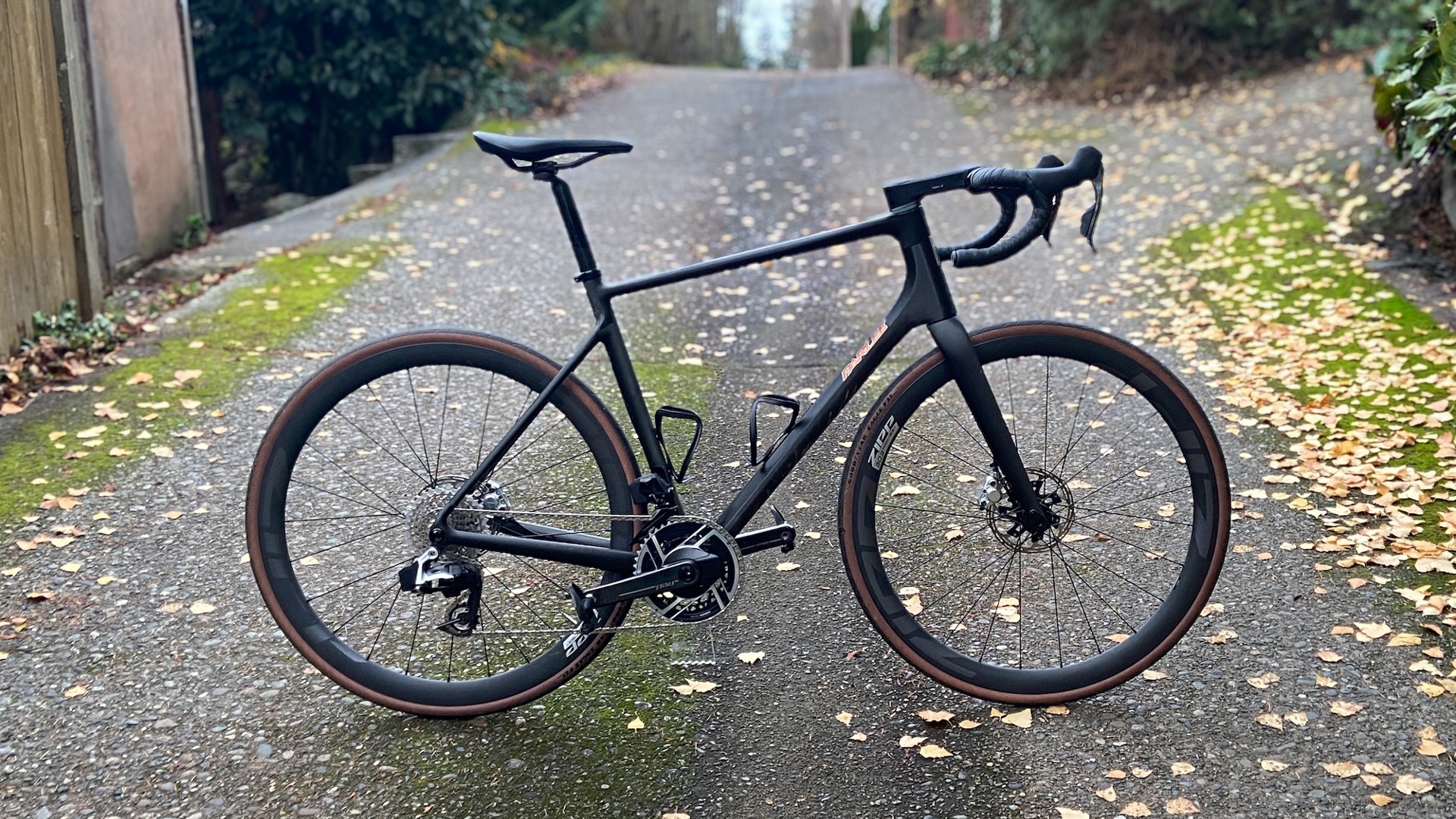
The Ouray is a modern all-road bicycle with clearance for 38 mm tyres, stable geometry and a frame built with comfort in mind. The finish is top-notch, but the fit won’t work for everyone.
-
+
Excellent build quality
-
+
Great customisation options
-
+
Smooth ride
-
-
Tall front end won’t work for everyone
-
-
Expensive
-
-
No fender mounts
You can trust Cycling Weekly.
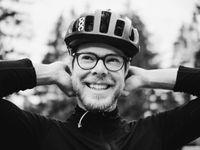
Parlee Cycles is one of the longtime innovators of carbon fibre in bicycles. Company founder Bob Parlee, who sadly passed away earlier this year, realised the potential of composites early on and helped to create the market for custom carbon bikes, paving the way for brands like Argonaut and Enve. Some of Parlee’s early bikes even made it to the upper echelons of the sport in the form of one-off lightweight climbing frames ridden by select professional riders in the late 90s and early 2000s. The company nearly went bankrupt in 2023, but is now under new ownership and back to building bicycles. Parlee’s latest model, the Ouray (pronounced Your-ay), is billed as a modern all-road bicycle with clearance for 38mm tyres, stable geometry and a frame built with comfort in mind.
Design and Construction
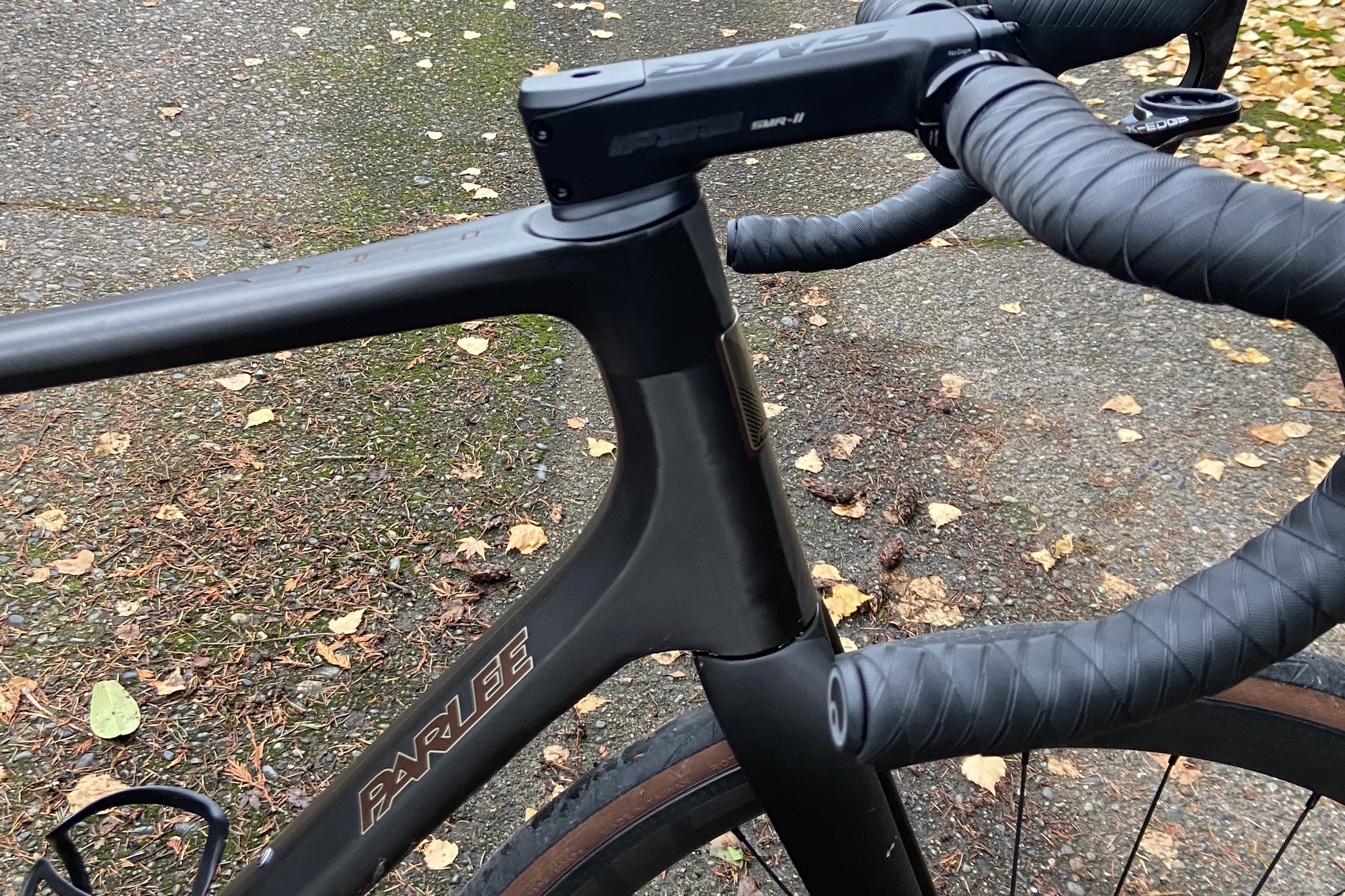
Visually, the Ouray sets itself apart with a dramatically sloping top tube, which, when paired with a tall head tube, makes something of a statement. The silhouette is a far cry from the level top tubes of yore, but the design has intent: it is made for comfort. The Ouray was created as a “ready to ride” all-arounder, equally at home on fast group rides or exploring off the beaten path.
The front end is integrated, as is now the default setting for most manufacturers, and the frame is designed for electronic groupsets only. The Ouray is sold as a frameset or in configurations with fully wireless SRAM drivetrains or semi-wireless Shimano ones. Other details are user-friendly, like the UDH derailleur hanger and T47 threaded bottom bracket. The bike is available in five sizes, from XS to XL, with reach figures from 363 at the low end to 393 at the upper (approximate top tube lengths: 50 to 59 cm).
Parlee positions the Ouray as an all-road bike, but it’s much more a road bike than a gravel rig (i.e. the emphasis is more on “road” than “all”). Other than a low bottom bracket to compensate for the height of wider tyres, the geometry fits into the tried and true “endurance road” category.
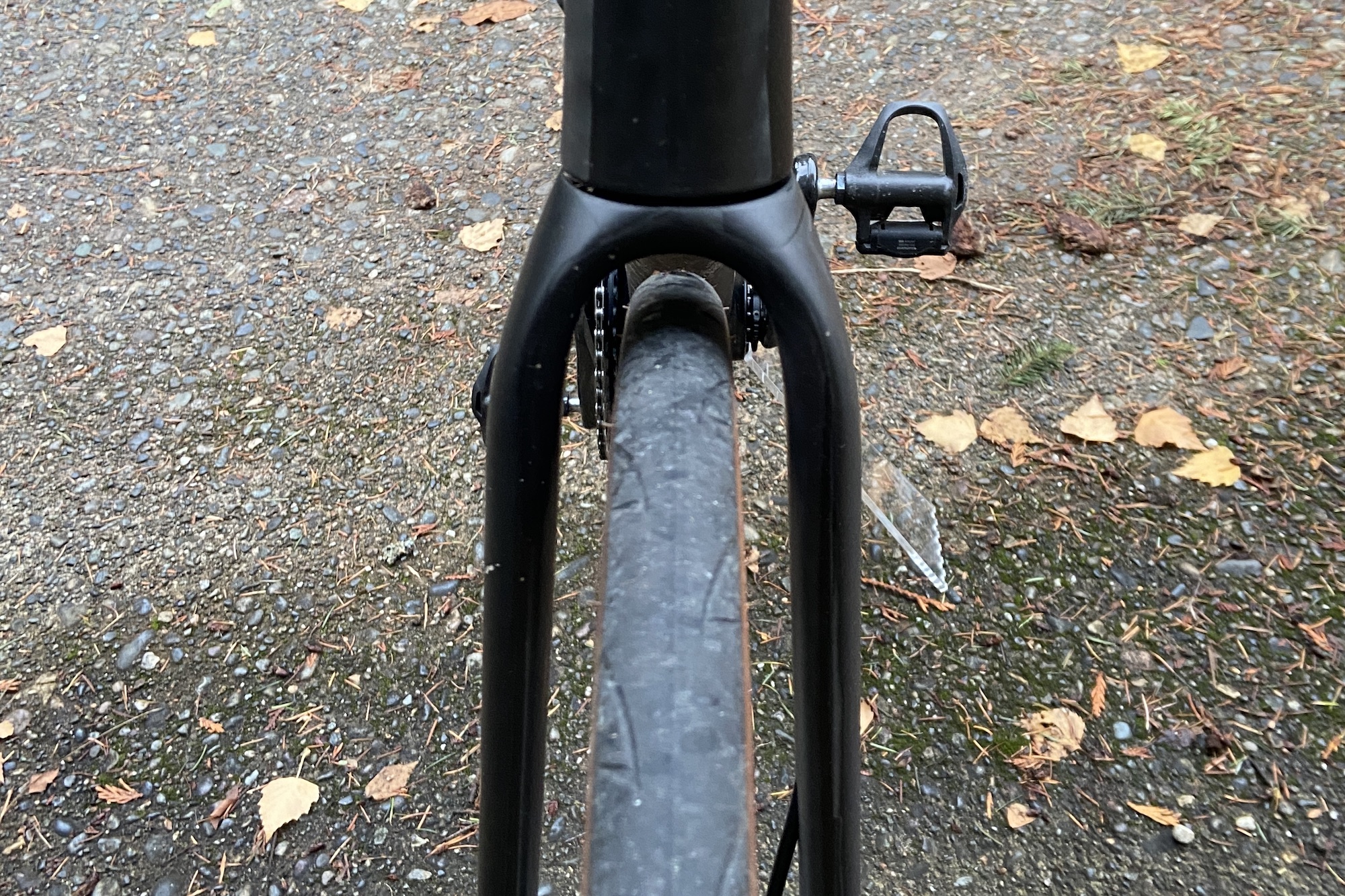
Frames are made in small batches in Portugal and are built up to order by Parlee in the U.S., allowing for a commendable degree of customisation. This means that things like stem length, handlebar width and seatpost setback are unique for each customer.
The stock finish option is a spray-on wax over nude carbon, which is made possible by the extremely high production quality. Each frame is made as a single-piece monocoque. Custom paint is available, though this adds a few weeks to the ordering process.
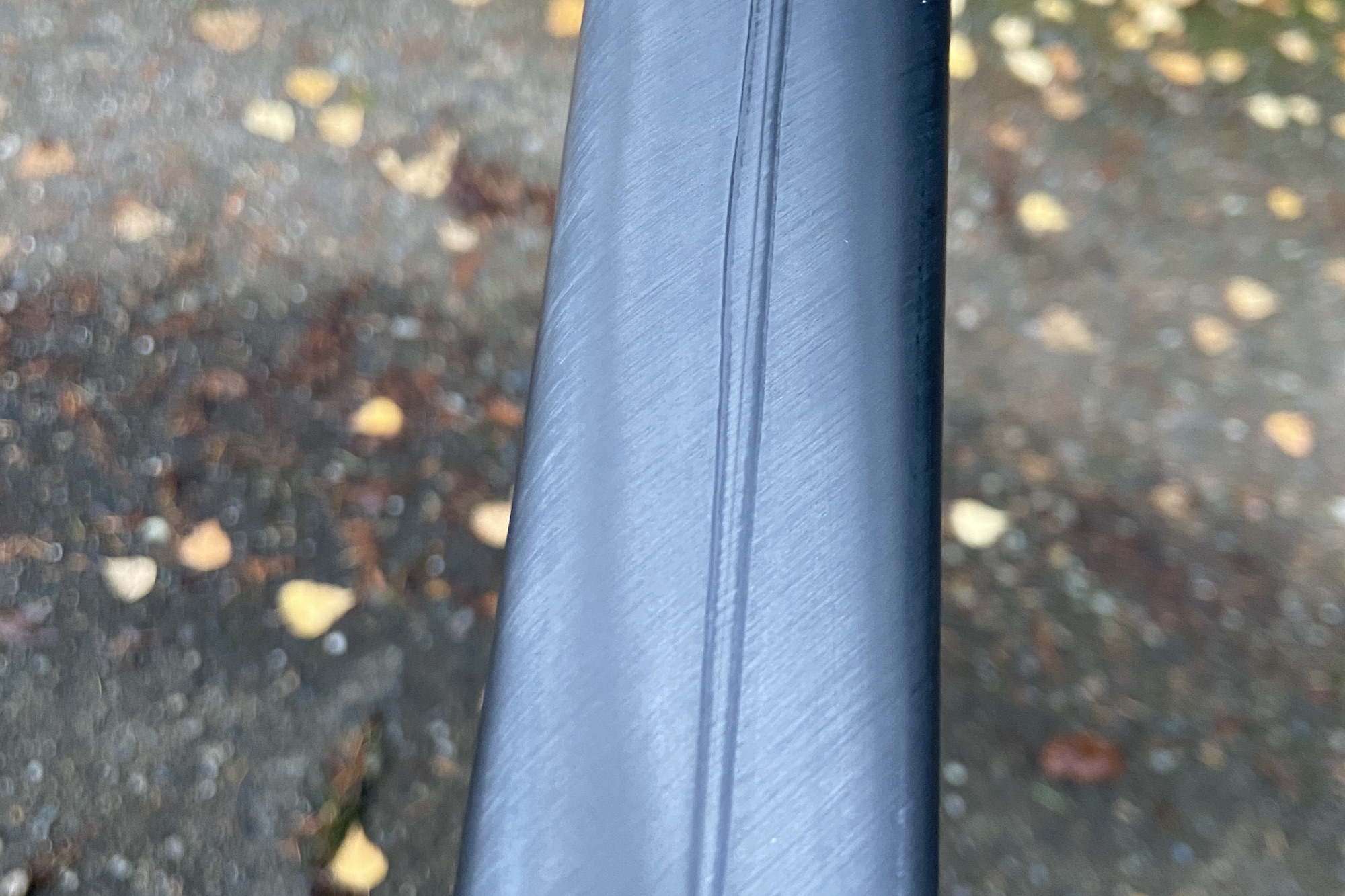
Frame weights are impressive: ~810g for the smaller sizes to ~915g for the larger sizes, according to Production Manager Tom Rodi. Early prototypes were apparently lighter, but Parlee opted to prioritise “real world durability and usability” which meant certain details, like the threaded BB and standard seat clamp, while slightly heavier than other alternatives, were worth the extra grams.
The latest race content, interviews, features, reviews and expert buying guides, direct to your inbox!
Specifications
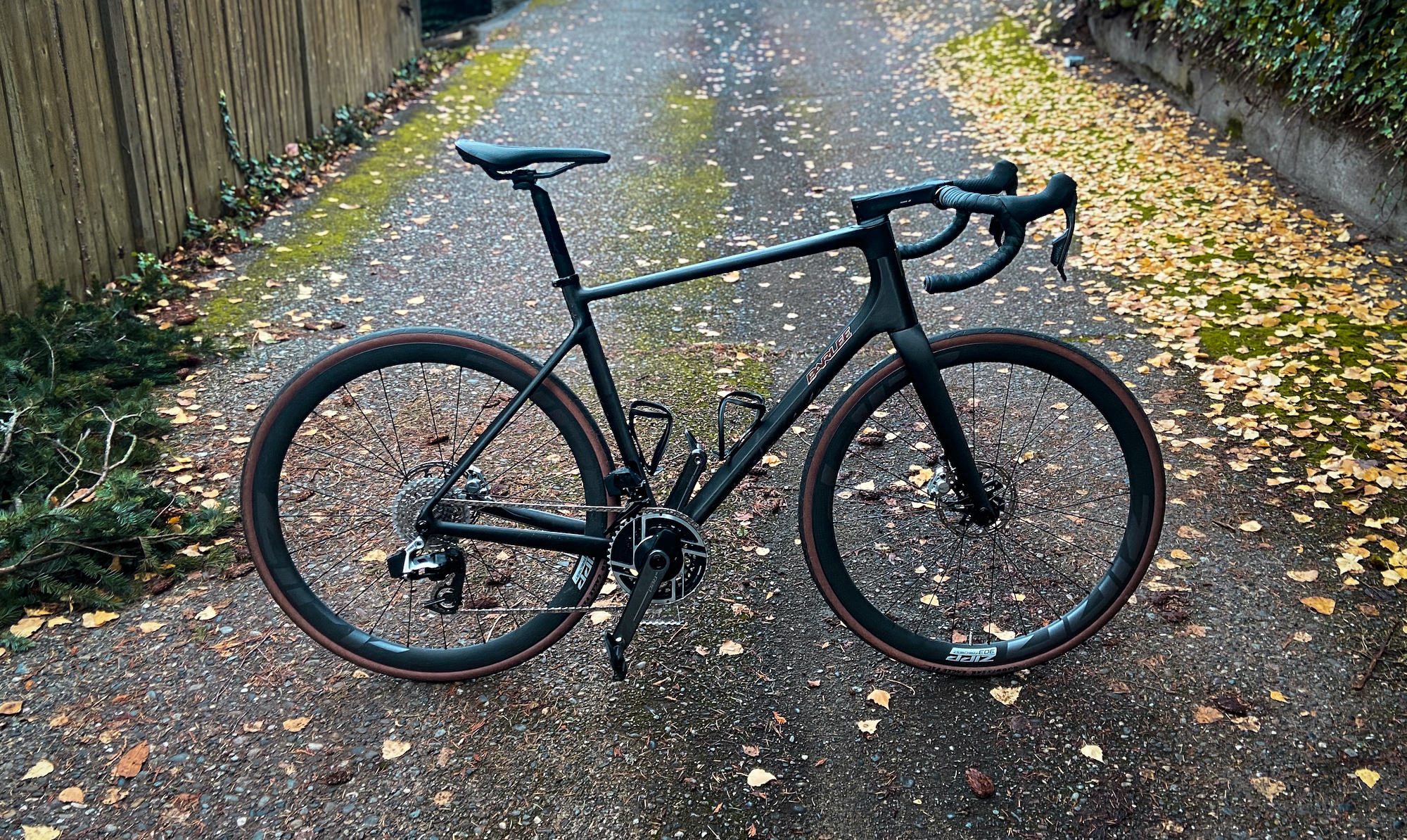
- Frame: Parlee Ouray, size L
- Cockpit: FSA SL-K
- Drivetrain: SRAM Red AXS E1
- Wheels: Zipp 303 Firecrest
- Tires: Pirelli Eagle F1
- Price: Frameset $5290; Test build $12,990
- Weight, as tested: 17.31 lbs (with cages and pedals)
- Max tire clearance: 38 mm
On the road
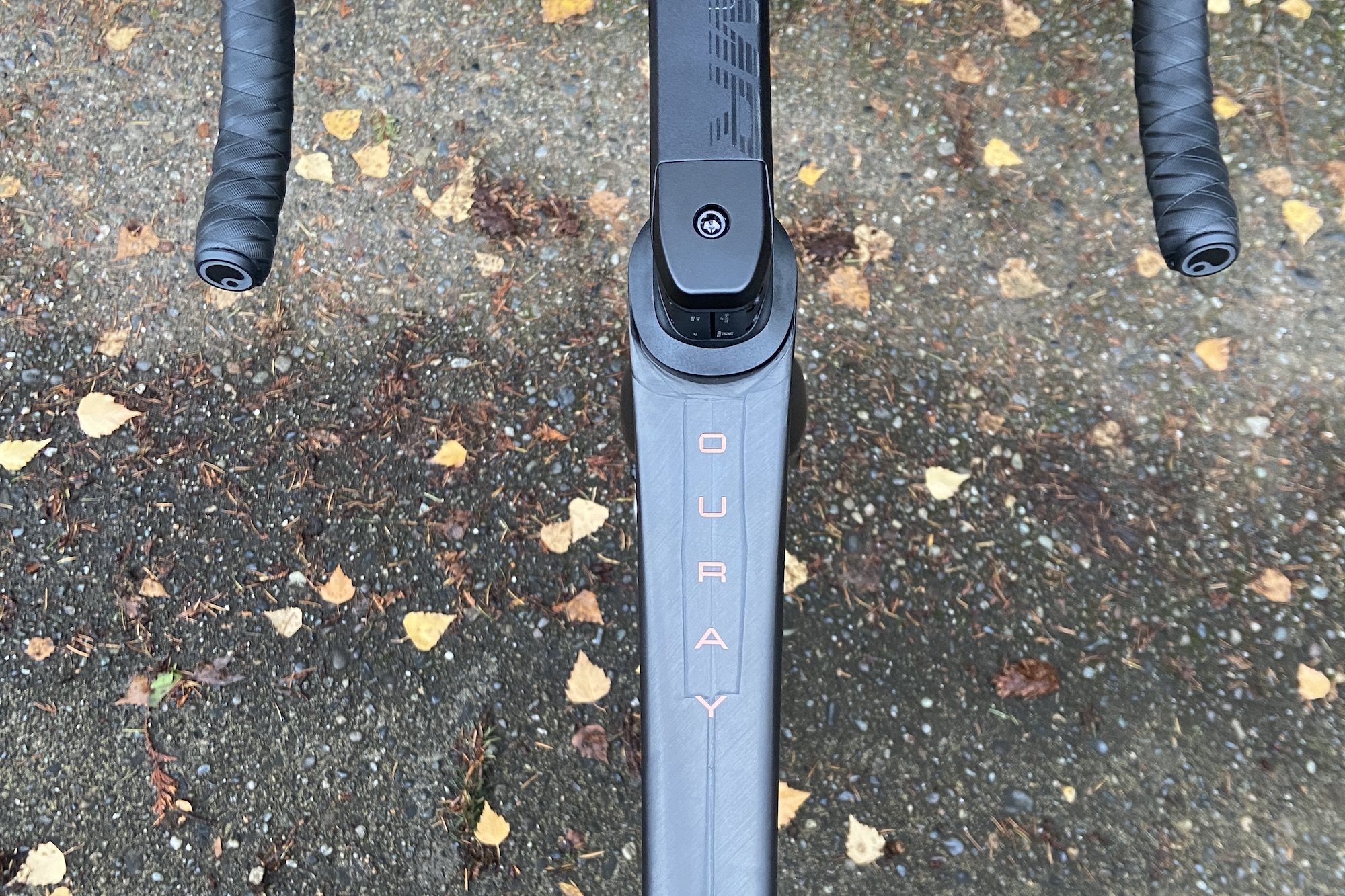
Initially, I was surprised to learn that the tyre clearance on the Ouray was limited to 38 mm tyres. Once the bike showed up, however, it made sense: the Ouray is a road bike. We are now so accustomed to seeing gravel bikes with significantly wider tyres that it’s easy to forget that 38 mm used to be a typical gravel size. How times—and tyres—have changed.
Part of my testing process included a bike fit at Cascade Bicycle Studio (CBS) in Seattle, as Parlee has a longstanding relationship with the shop. CBS uses a fitting system called IDMatch, which utilises scanners and software to assess your body, then observes your pedalling motion and makes changes on the fly. My session took about 90 minutes and IDMatch made some suggestions for my fit, which Parlee then used to set up the test Ouray.
Other than positioning my saddle a full two centimetres higher than where I think it should be, IDMatch was able to get reasonably close to my typical riding position, which is long and low due to my proportionally long arms and torso. This position didn’t translate all that well to the Ouray, however, which is designed with a higher stack figure for a more upright riding position. In the end, Parlee was able to make a large frame suit me with the addition of a very long, 140mm stem.
I tested the Ouray during one of the wetter stretches of weather we’ve had in the PNW this year, and, looks aside, the first thing I noticed about the bike is its lack of mudguard/fender mounts. While fenders may be a regional requirement (critical in some places, laughable in others), I would have liked to see provisions for them included in the design brief.
On drier days, this qualm was nullified. For a bike designed with comfort in mind, I was very impressed with the Ouray’s power transfer. It responds very well to pedalling inputs and generally behaves like a fat-tyred road bike should. And, true to form, I found it to be indeed very comfortable. I was surprised that Parlee specified such a large diameter seatpost (31.6 mm), since a smaller post would help filter out some of the noise coming through the saddle, but after several rides on the bike, I found it to be exceptionally smooth, even with 'just' 32mm tyres. Something about the rear triangle geometry and seatpost cluster does a phenomenal job of reducing impact. I did notice that I could feel more of the road’s feedback in the pedals, which isn’t a bad thing; it's just interesting to note.
The Ouray’s geometry is very much geared towards someone who is looking for a comfortable fit and stable, predictable handling on smooth mixed surfaces. This sets it apart from a race-oriented bike with a more aggressive front end, which may appeal to many riders but often, isn't actually the right fit for their bodies. Most of us are not in the WorldTour after all.
I think road bikes that can fit wide tyres are a great option for a lot of riders, and I’m glad to see another good option on the market.
Finally, the finish is top-notch, with every detail of the carbon on display through the waxed finish.
Value and conclusion
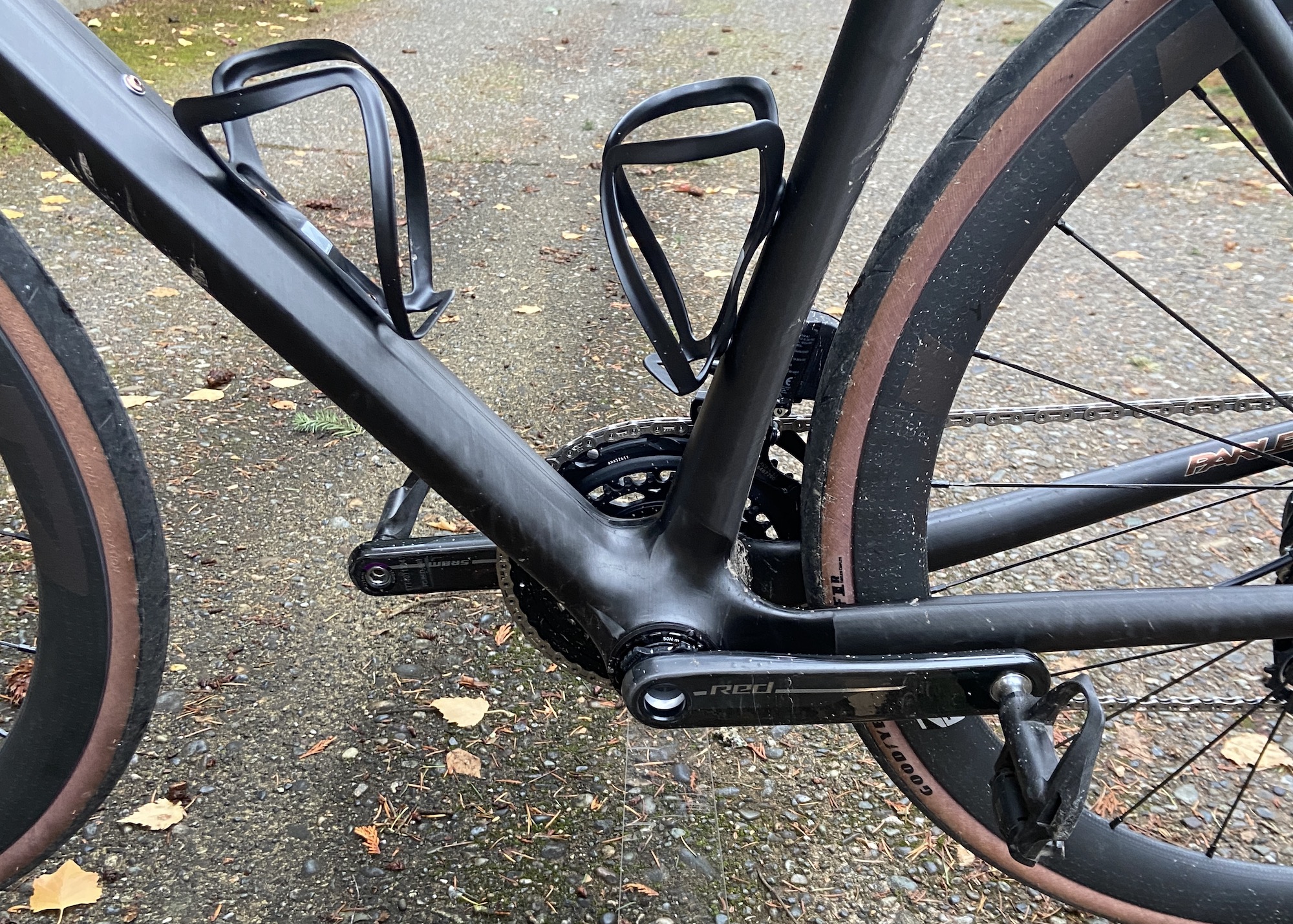
The endurance road bike used to be a staple of manufacturers’ catalogues. These days, they’re rarer as riders gravitate toward gravel-friendly designs. This trend actually provided the impetus for the Ouray, according to Rodi. In his words, “We saw a lot of clients using our previous generation gravel bike (the Chebacco) as all-road bikes with tyres in the 32-35mm range, and we wanted to make a new platform to replace our previous all-round road bike (the Altum).”
As for value, the Parlee is not cheap. A frameset over 5k USD puts it into the upper echelon of bikes currently on the market. For the money, though, you get Parlee’s suite of fitting customisation, which isn’t available from the big brands, not to mention the fact that it’s made in Portugal. With the threat of U.S.-imposed tariffs looming over Asian-made products, European manufacturing could soon become a competitive advantage.
Though the tall front end of the Ouray didn’t jive very well with the shape of my body, I found myself very impressed by the bike’s comfort and the way it responded to hard efforts. If you’re looking for a bike that goes zoom but doesn’t fit like a race bike, the Ouray may be just the ticket. I still wish it had mudguard/fender mounts, though.
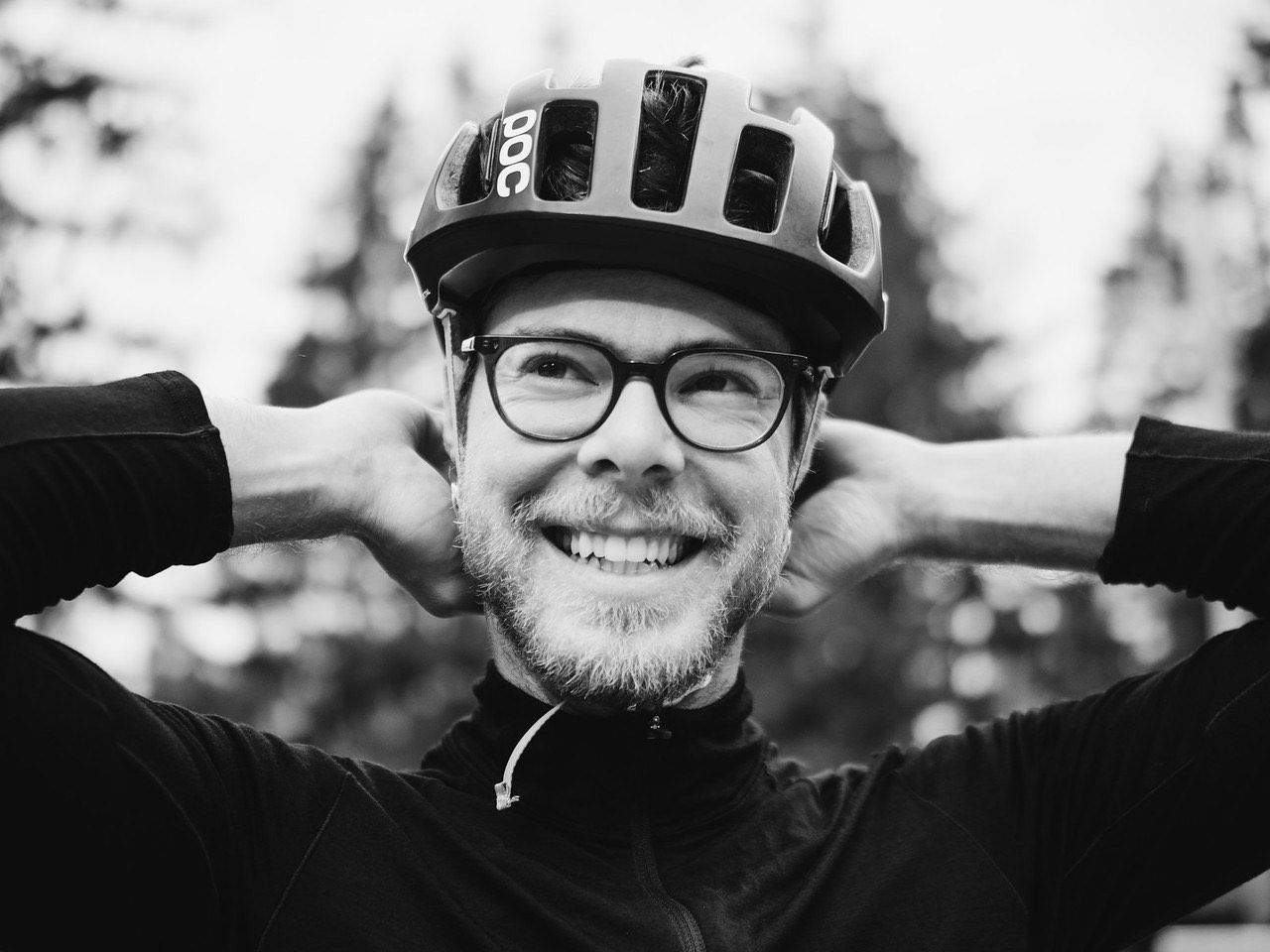
Tyler Boucher is a former (and occasionally still) bike racer across several disciplines. These days, he spends most of his time in the saddle piloting his children around in a cargo bike. His writing has appeared in magazines published in Europe, the UK and North America. He lives in Seattle, Washington.
You must confirm your public display name before commenting
Please logout and then login again, you will then be prompted to enter your display name.